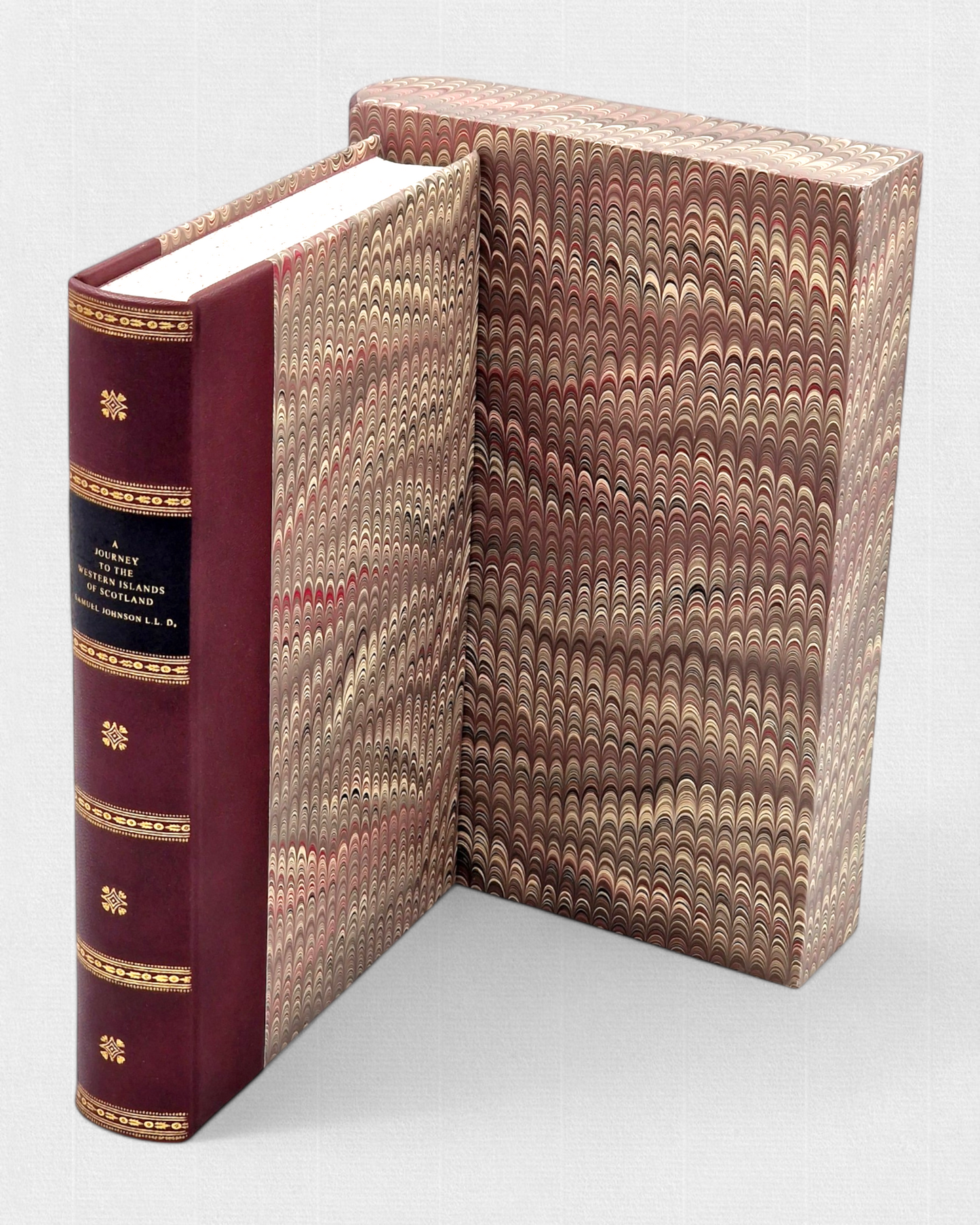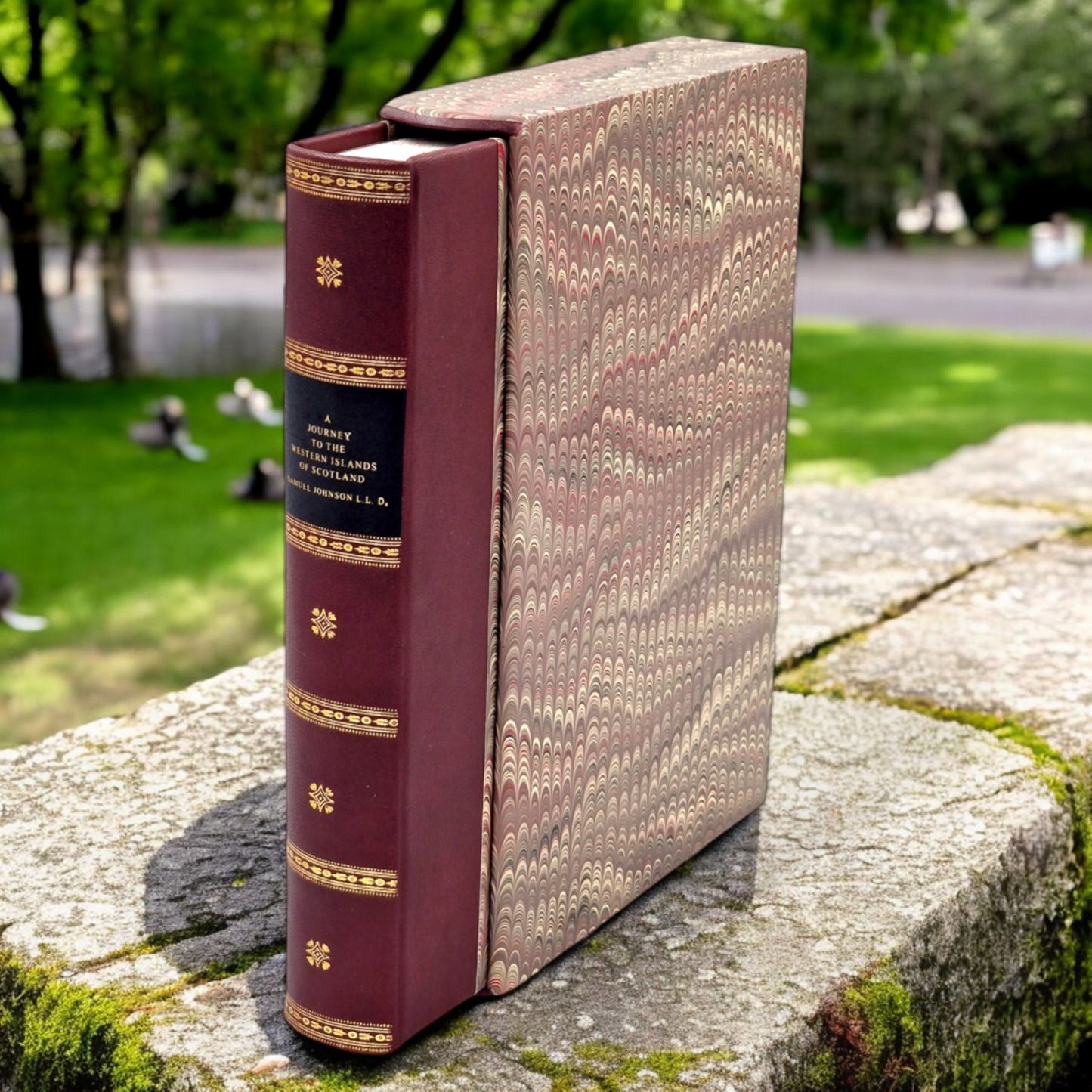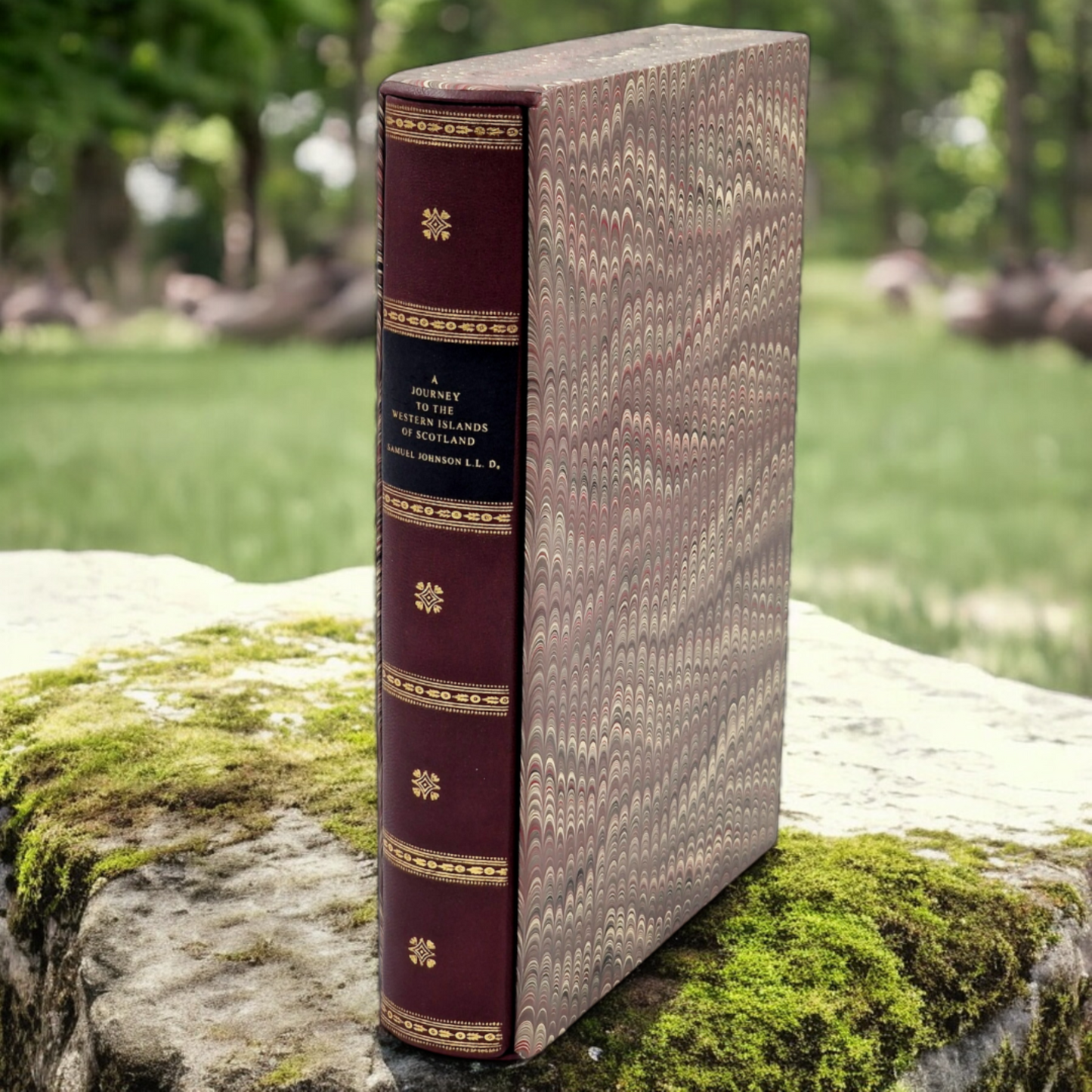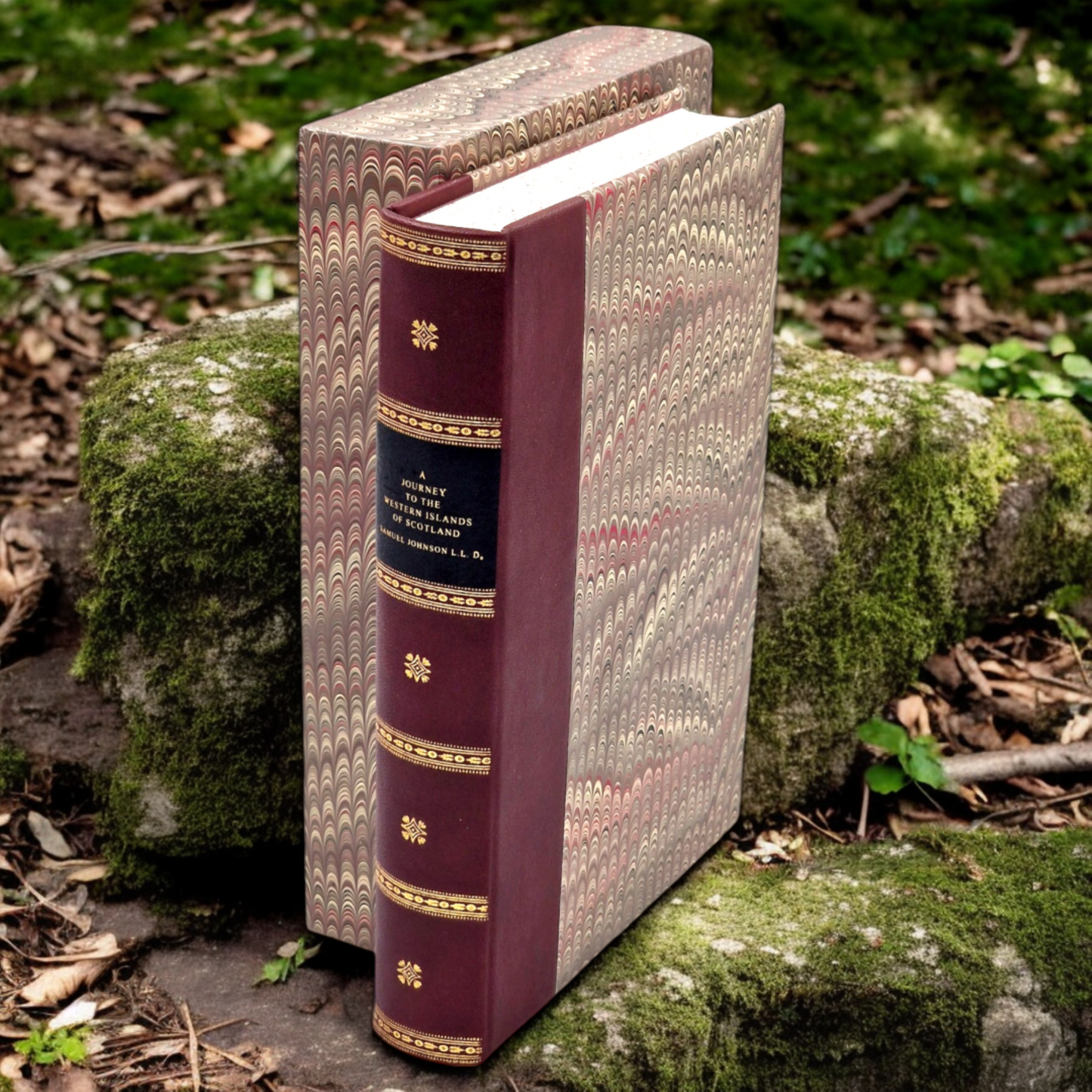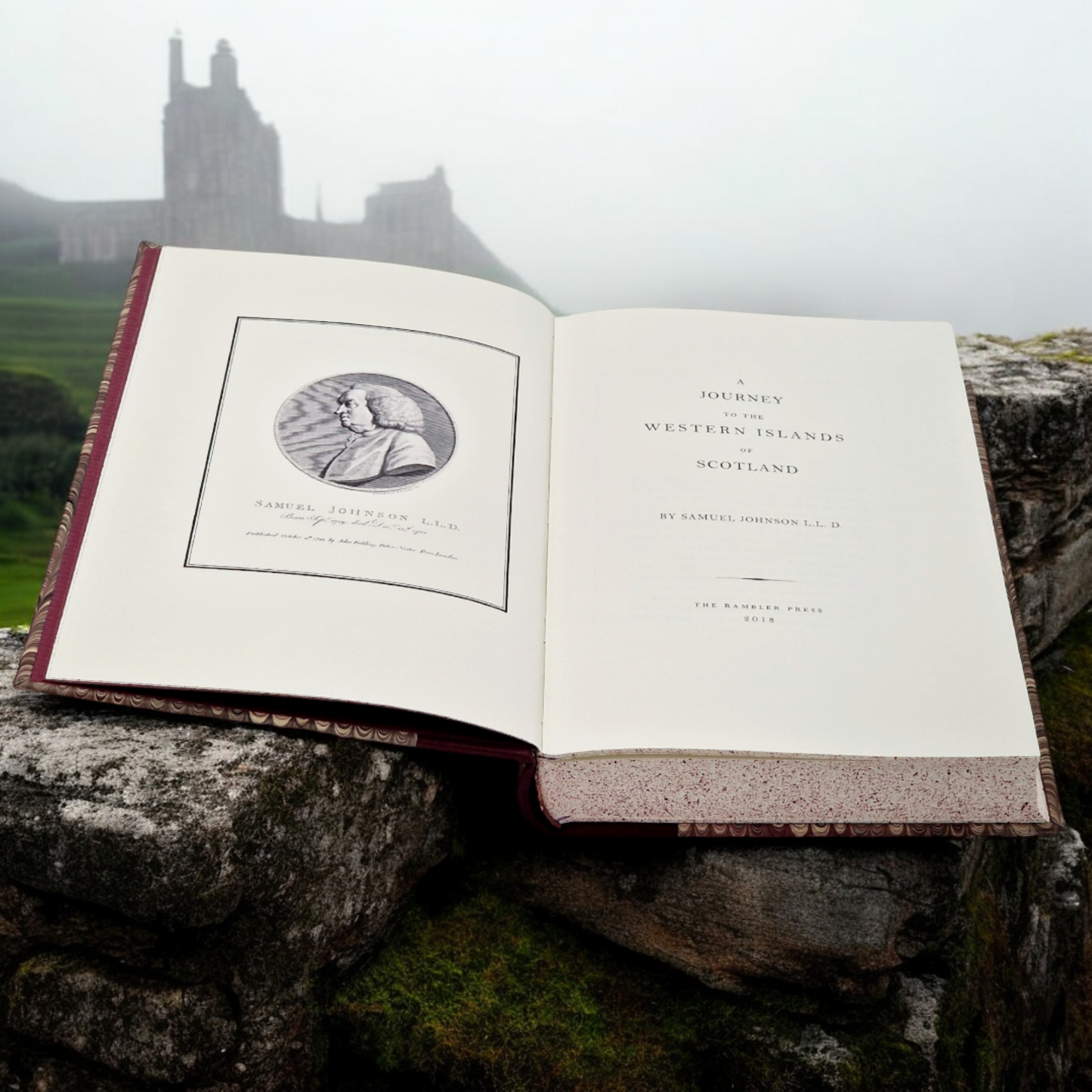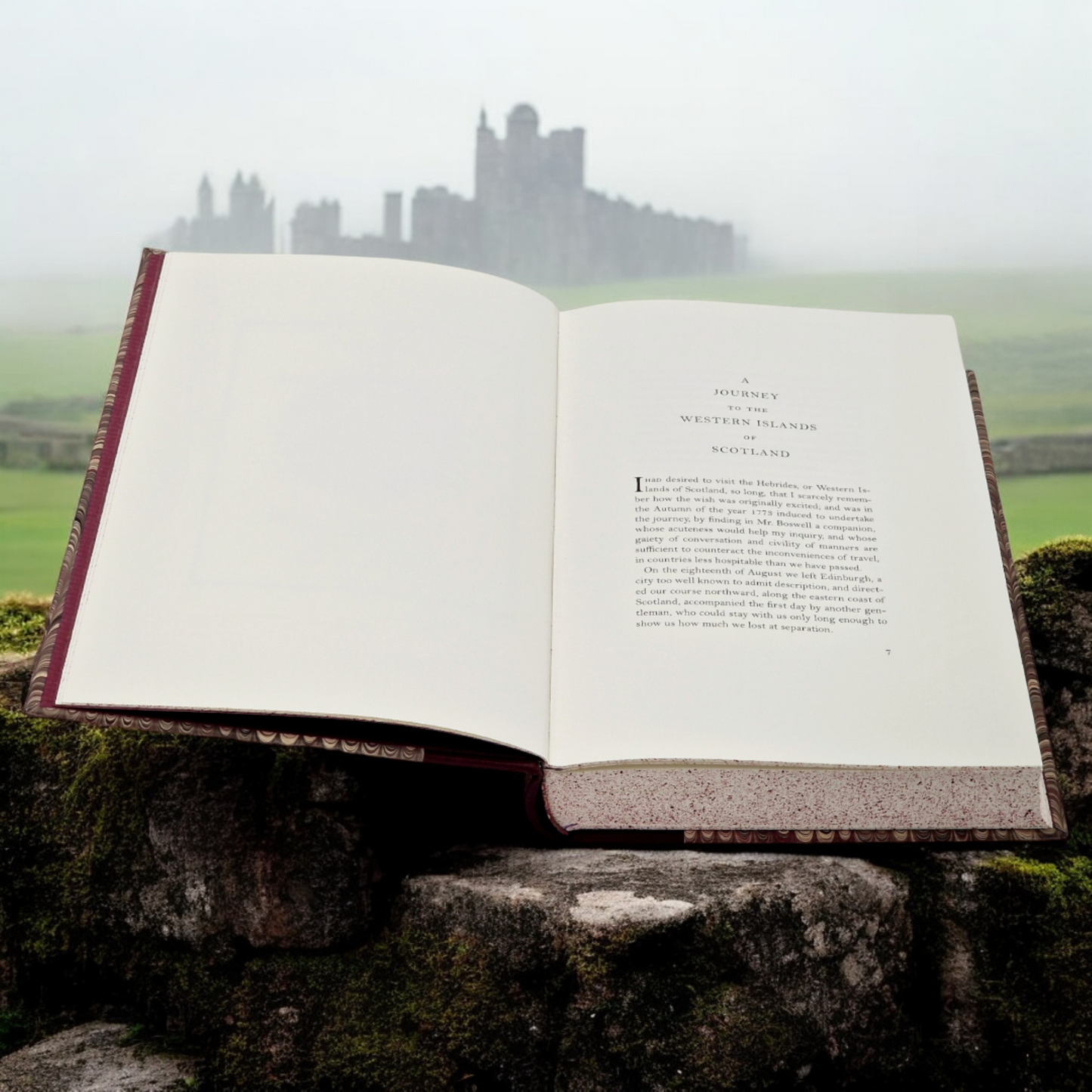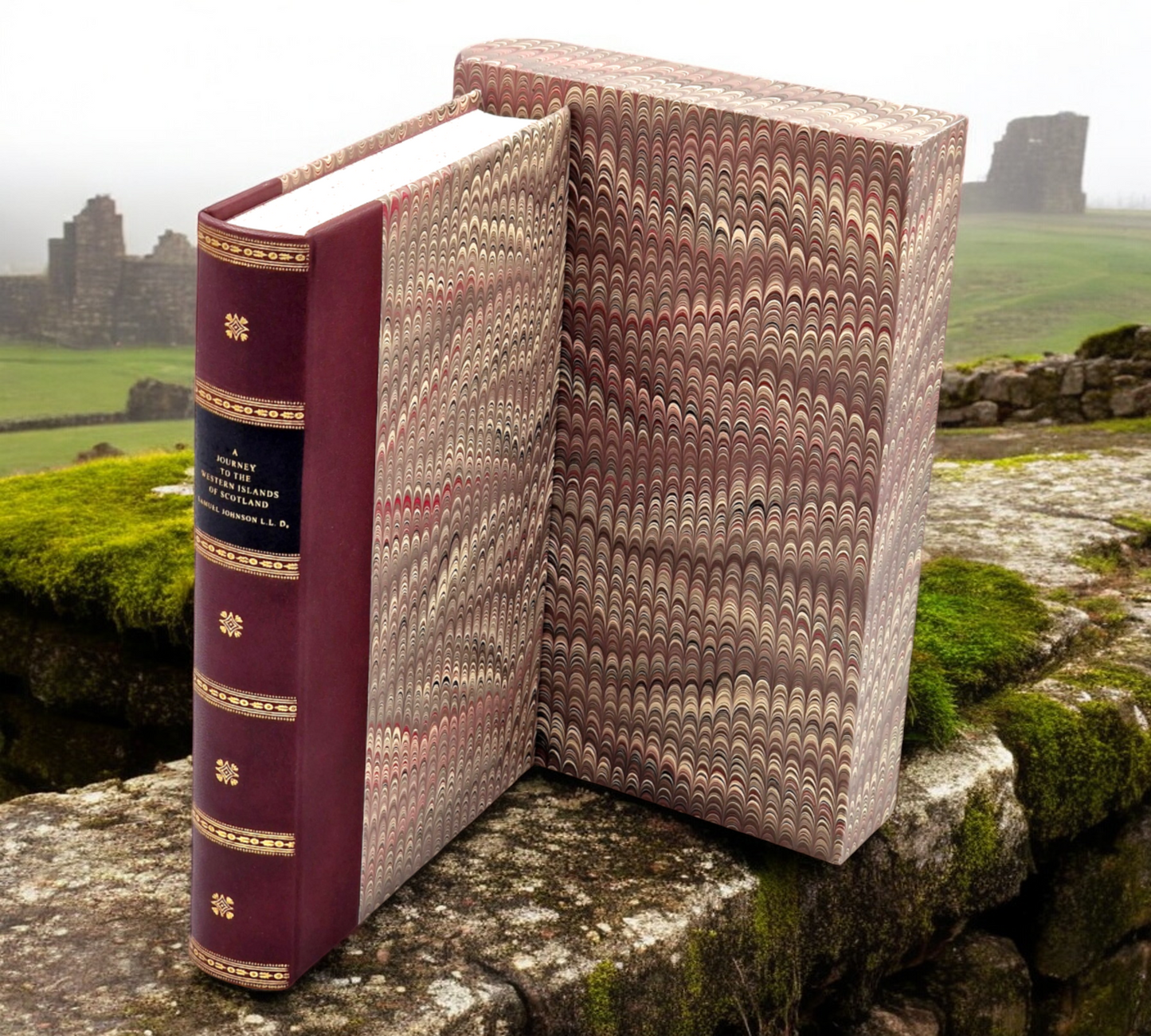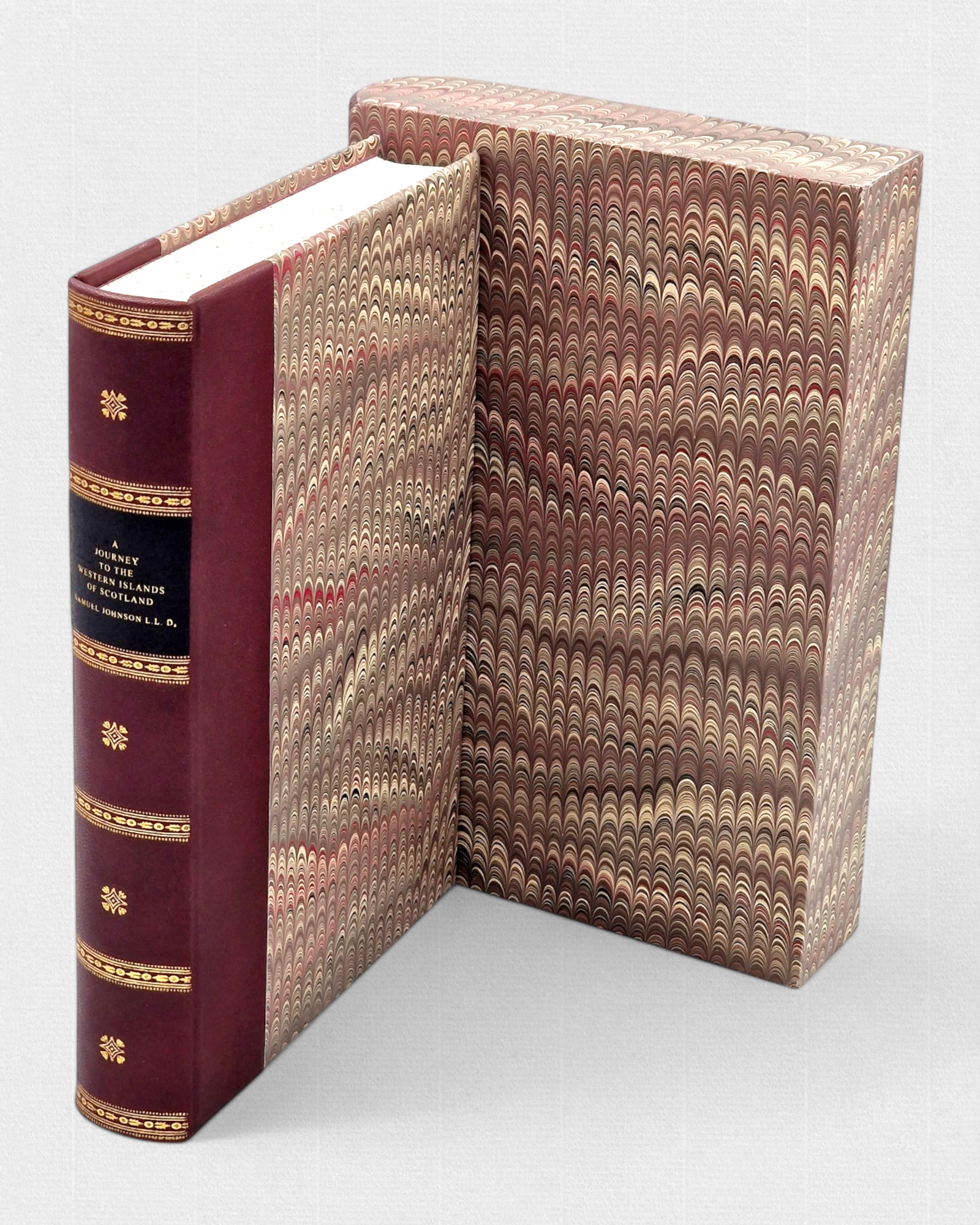SKU:
Samuel Johnson
A Journey to the Western Islands of Scotland by Samuel Johnson
A Journey to the Western Islands of Scotland by Samuel Johnson
Couldn't load pickup availability
In 1773, Samuel Johnson, a towering figure in English literature, embarked on an extraordinary 83-day journey through Scotland alongside his friend and biographer, James Boswell. Their travels, documented in Johnson’s A Journey to the Western Islands of Scotland (1775) and Boswell’s The Journal of a Tour to the Hebrides (1785), offer a vivid snapshot of 18th-century Scotland. This popular science essay explores the historical context, cultural significance, and literary legacy of their expedition, optimized for SEO with relevant keywords such as "Samuel Johnson," "James Boswell," "Scottish journey," and "18th-century travel literature."
Historical Context of the 1773 Journey
The early 1770s were a pivotal time for Scotland. The Jacobite Rebellion of 1745 had left lasting scars, and the Highlands were undergoing rapid transformation due to modernization and the erosion of traditional Gaelic culture. Samuel Johnson, then 63, was an established literary figure, known for his Dictionary of the English Language and essays in The Rambler. James Boswell, a young Scottish lawyer in his early 30s, admired Johnson and sought to document their travels. Their journey, undertaken in late summer and autumn of 1773, covered Edinburgh, the Highlands, and the Hebrides, including islands like Skye and Mull.
This expedition was not merely a physical journey but a cultural exploration. Johnson, an Englishman with a skeptical view of Scotland, sought to understand a land he considered remote and uncivilized. Boswell, a proud Scot, aimed to showcase his homeland’s beauty and complexity. Their contrasting perspectives enrich their accounts, making them essential reading for those interested in 18th-century history, Scottish culture, and travel literature.
The Route and Key Experiences
The journey began in Edinburgh, where Johnson and Boswell engaged with intellectuals and observed urban life. They then ventured into the Highlands, navigating rugged terrain and unpredictable weather. Their route included St. Andrews, Aberdeen, Inverness, and the Hebrides, where they encountered clan chiefs, explored ancient castles, and witnessed the daily lives of Highlanders.
Key moments include their stay on the Isle of Skye, where Johnson marveled at the dramatic landscapes, and their visit to the Isle of Coll, where they experienced traditional hospitality. Johnson’s observations often focused on the decline of feudal traditions, while Boswell’s journal captured personal anecdotes, such as Johnson’s debates with locals. These experiences, detailed in their respective works, highlight the interplay between tradition and progress in 18th-century Scotland.
Literary Significance of the Accounts
Johnson’s A Journey to the Western Islands of Scotland is a reflective travelogue, blending philosophical musings with sharp social commentary. His prose, characterized by clarity and wit, examines topics like education, religion, and the impact of emigration on Highland communities. Boswell’s The Journal of a Tour to the Hebrides, written in a more conversational style, complements Johnson’s work with vivid anecdotes and personal reflections.
Together, these texts form a cornerstone of travel literature, offering insights into a region undergoing profound change. They also reflect the Enlightenment’s emphasis on reason, observation, and cultural inquiry. For readers interested in Samuel Johnson, James Boswell, or 18th-century Scottish history, these works remain essential primary sources.
Cultural Observations and Their Relevance
Johnson’s account is particularly notable for its critique of Highland culture. He lamented the loss of Gaelic traditions, such as oral storytelling and clan loyalty, while noting the region’s economic struggles. His observations on emigration—many Scots were leaving for America—foreshadowed modern discussions of cultural displacement. Boswell, meanwhile, provided a more empathetic view, celebrating Scotland’s natural beauty and the resilience of its people.
Their journey also sheds light on Anglo-Scottish relations. Johnson’s initial skepticism about Scotland softened as he encountered its landscapes and people, though his English perspective occasionally sparked tension with Boswell. These dynamics resonate with contemporary discussions of cultural identity and national pride, making the texts relevant to modern readers.
Why the Journey Matters Today
The journey of Johnson and Boswell remains relevant for several reasons. First, it offers a window into 18th-century Scotland, a time of cultural and economic transition. Keywords like "Scottish Highlands history" and "18th-century travel" attract readers interested in this period. Second, the texts explore universal themes—identity, progress, and cultural preservation—that resonate with modern audiences. Finally, the craftsmanship of the bibliophile edition underscores the enduring value of physical books in an age of digital media.
For those researching Samuel Johnson or James Boswell, the journey provides context for their intellectual and personal relationship. It also highlights the power of travel to bridge cultural divides, a lesson that remains pertinent in today’s globalized world.
The Legacy of the Journey
The Scottish journey of Samuel Johnson and James Boswell is more than a historical event; it is a literary and cultural milestone. Their accounts capture a pivotal moment in Scotland’s history, offering insights into a society on the brink of transformation. The handbound bibliophile edition of A Journey to the Western Islands of Scotland elevates this legacy, combining literary excellence with artisanal craftsmanship.
For modern readers, the journey serves as a reminder of the power of observation and storytelling. Whether you’re a scholar of 18th-century literature, a history enthusiast, or a collector of fine books, Johnson and Boswell’s expedition offers a rich tapestry of ideas and experiences. By exploring their works, we not only travel through the rugged landscapes of Scotland but also journey into the heart of the Enlightenment.
Conclusion
Samuel Johnson and James Boswell’s 1773 journey through Scotland remains a touchstone of travel literature and cultural history. Their accounts, enriched by contrasting perspectives, offer a nuanced portrait of a changing society. The handbound bibliophile edition of A Journey to the Western Islands of Scotland, with its Monotype Bell and Bulmer typefaces, Fabriano Tiepolo paper, and period-appropriate craftsmanship, celebrates this legacy in a tangible form. Optimized for SEO with keywords like "Samuel Johnson," "James Boswell," and "Scottish Highlands," this essay invites readers to discover the enduring significance of their journey, both as a historical event and a literary masterpiece.
A Journey to the Western Islands of Scotland: A Handcrafted Bibliophile Edition
Our edition of A Journey to the Western Islands of Scotland is a testament to the art of fine bookmaking, crafted to honor Samuel Johnson’s timeless travelogue. We set the text using Monotype Bell and Monotype Bulmer typefaces, which were undoubtedly popular in Britain during the late 1780s. These elegant typefaces, known for their clarity and refinement, evoke the aesthetic of the Enlightenment era. The book is printed on luxurious Fabriano Tiepolo cotton paper, offering a tactile and archival-quality foundation that ensures lasting beauty.
The binding, meticulously handcrafted by Magdalena Bulanda, features a half-leather finish, combining sophistication with durability. Each volume is housed in a custom-made slipcase, designed to protect this treasure for generations. The edges of the book block are stained in the 18th-century style, with rich hues that reflect the period’s fashion, adding a final touch of historical authenticity.
Book Details
Edition Size: Limited to 25 copies
Binding: Handcrafted half-leather by Magdalena Bulanda, with a protective slipcase
Page Count: 240 pages, printed on 130 gsm Fabriano Tiepolo cotton paper
Dimensions: 165 x 250 mm
This exclusive edition is a celebration of literary heritage and artisanal craftsmanship, perfect for collectors, bibliophiles, and admirers of 18th-century literature.
